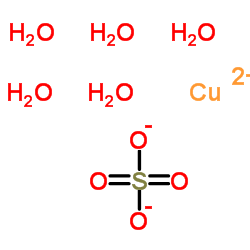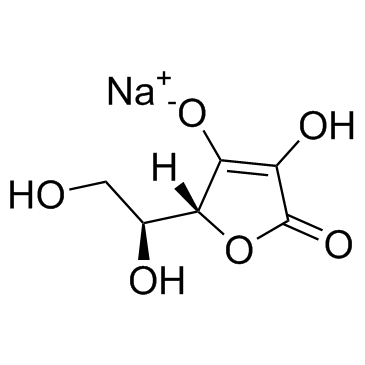| Structure | Name/CAS No. | Articles |
|---|---|---|
 |
Ethidium bromide
CAS:1239-45-8 |
|
 |
Cupric sulfate
CAS:7758-98-7 |
|
 |
sodium ascorbate
CAS:134-03-2 |